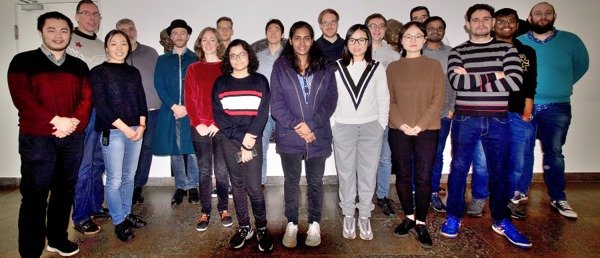In order to estimate the kinetics of thermally activated processes, one must determine the energy of the transition state. This transition state is a first-order saddle point on the potential energy surface, i.e., it is a maximum along the reaction coordinate, but a minimum with respect to all other directions in configurational space. We have…


